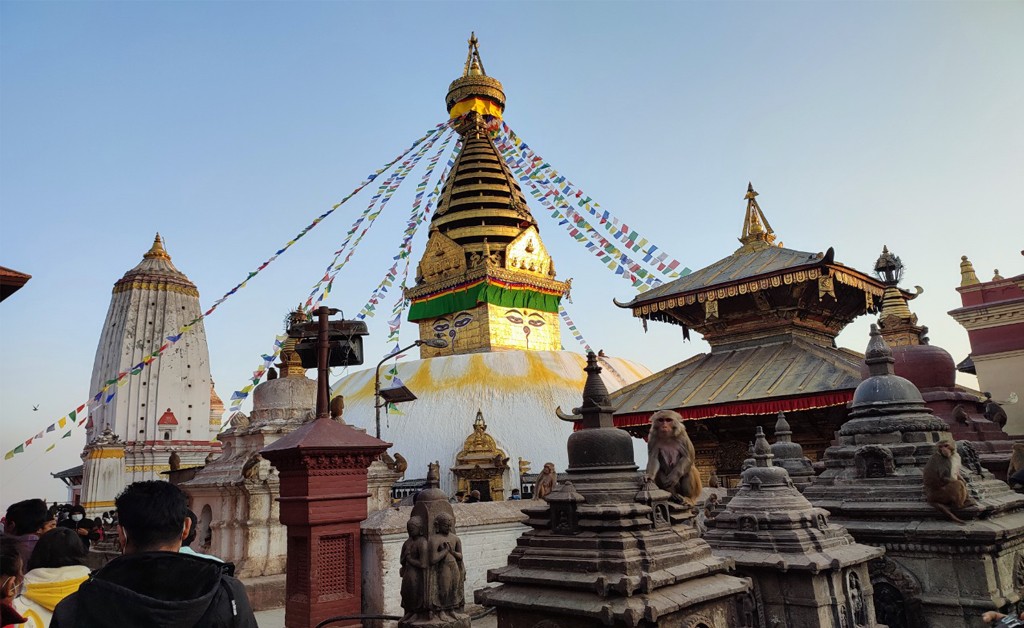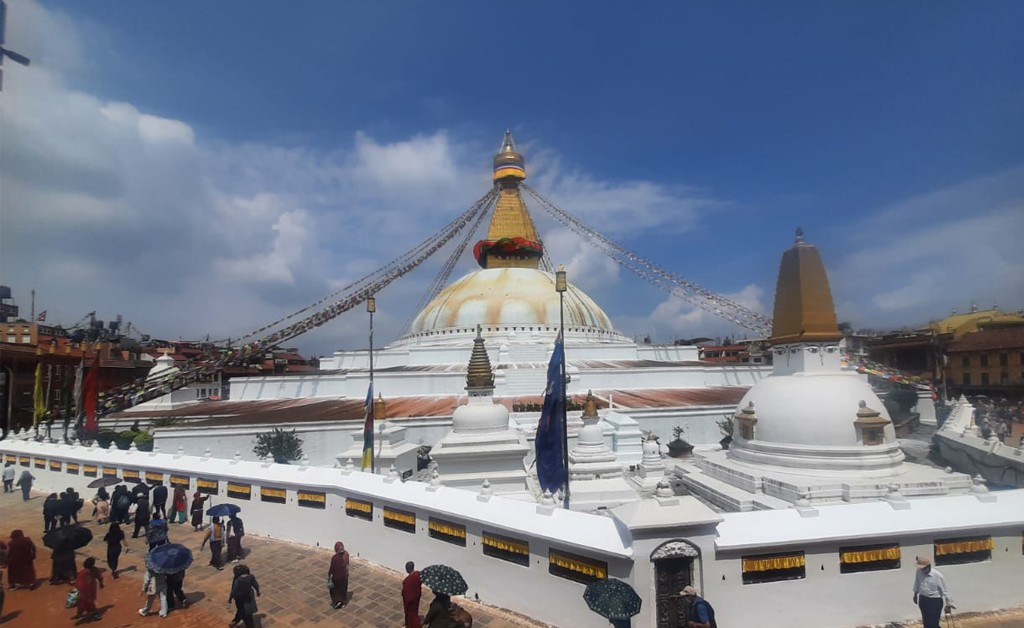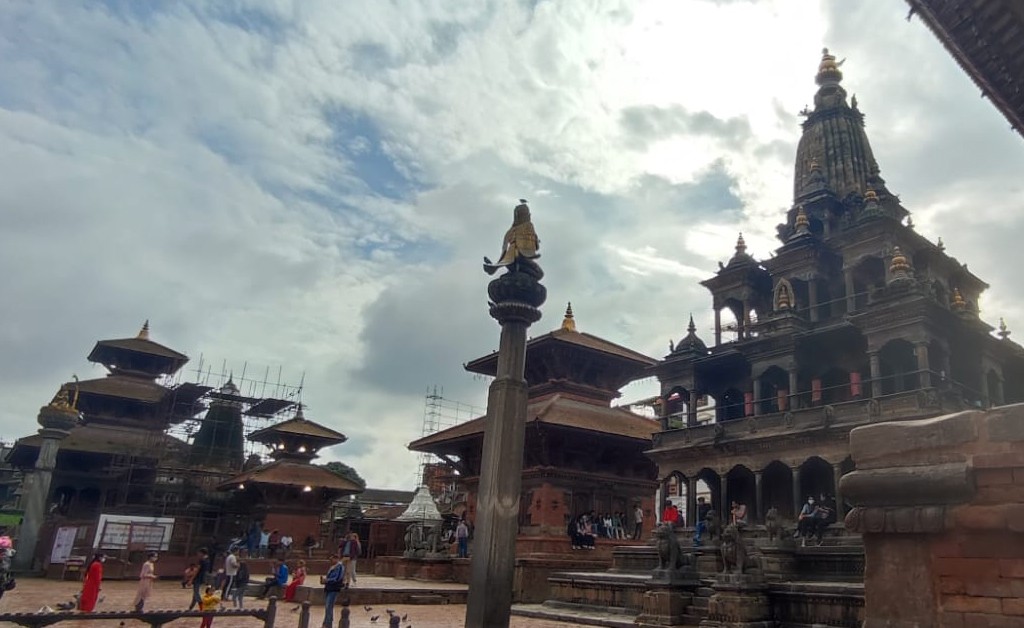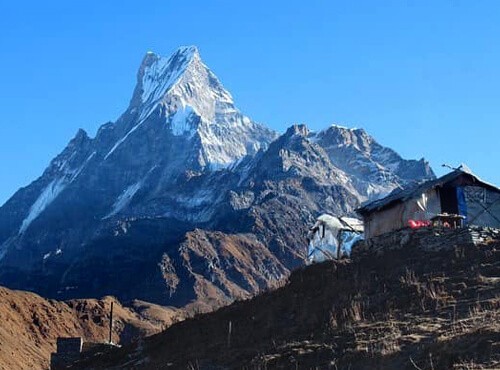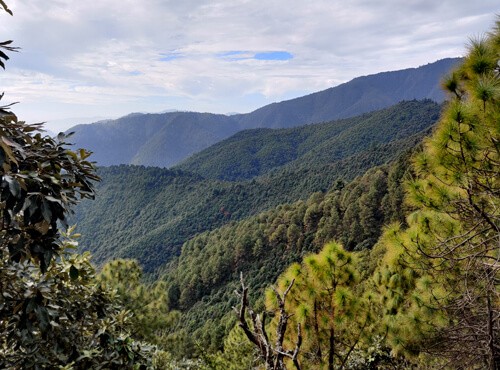Kathmandu is a city rich in culture. It is crucially significant to Nepalese culture and society. With a history spanning almost two thousand years, Kathmandu is one of the earliest settlements in Nepal that is known to have existed. Manujshree converted a lake into a valley before settling it. The capital of Nepal and historically the hub of the country's trade and the economy is Kathmandu. With a long, illustrious history spanning thousands of years and a profound culture that rates among the highest in Asia, Kathmandu is home to several Hindu temples, Buddhist stupas, shrines, and other historical buildings. There are seven cultural and historical sites listed in UNESCO World Heritage sites in Kathmandu city and its adjoining districts of Patan and Bhaktapur, collectively known as Kathmandu valley. It is frequently referred to be a city of temples and open museums. Green hills surround the picturesque Kathmandu valley, which is topped by majestic Himalayan peaks.
There are countless temples, monasteries, pagodas, and monuments in Kathmandu, Bhaktapur, and Lalitpur. Numerous tourist destinations draw thousands of travelers each day. The town has a reputation as the "city of temples." Kathmandu is as stunning as ever, thanks to the harmonious Hindu, Buddhist, and Newari cultural influences. In Nepal, there are 10 UNESCO World Heritage Sites. Seven of the ten are within the Kathmandu Valley. It demonstrates Kathmandu Valley’s importance in terms of culture and religion.
UNESCO world heritage sites inside Kathmandu Valley
Pashupatinath Temple
Pashupatinath Temple is the holiest temple for Hindus. It is also one of the four most sacred places for Hindus all over the world. It is said that if anyone visits Pashupatinath at least once in their lifetime, he is supposed to be sinless. This ancient temple lies at the center of the Kathmandu valley and is just a 5-minute drive away from Tribhuvan International Airport. Pashupati is the holiest temple among all dedicated to Lord Shiva in Nepal. Bagmati river which flows beside the Pashupatinath is also considered a sacred river.
Boudhanath Stupa
The largest Bouddha Stupa in the world, Boudhanath is only 3 kilometers west of Pashupatinath. The early kings of the Kathmandu Valley, known as the Gopals, are credited with constructing the stupa. The stupa, which has been standing tall for 2,000 years, was restored to its current state 500 years ago. Two pairs of Buddha's eyes are painted on the stupa regarding the presence of Buddha to all humans and creatures. The tour will be even more exciting when you see the local Nepalese-styled houses and many Nepalese and international restaurants decorating the place to form an incredible cultural blend.
Swayambhunath Stupa
On the western side of the valley, a hillock offers a stunning view of Kathmandu. Swayambhunath is a Sanskrit word that translates to self-manifested. It is a holy shrine for both Hindus and Buddhists. Swayambhunath is a large stupa, often known as a temple, located in a peaceful setting. We will witness a magnificent stupa with the eyes of the Buddha imprinted on it. The prayer flags, ponds, prayer wheels, and other features add to the interest of this journey. Because there are so many monkeys living there, Swayambhu is also known as the Monkey temple among tourists.
Kathmandu Durbar Square
A cultural tour of Kathmandu Durbar Square is a must if you want to learn about Nepalese history and culture. The former palace is converted into a museum that shows how the nation was in the 25th century. Even though few structures and artworks were damaged by the earthquake, Kathmandu Durbar Square is still one of the country's top tourist attractions.
Patan Durbar Square
Patan Durbar Square is another cultural and artistic city. It also holds a history of more than 500 years before with 4 stupas at every corner of the city. Patan City beholds identical cultural and traditional values along with religious beliefs. Patan is a must-visit city for the experience of ancient temples, and shrines and their exquisite carvings.
Bhaktapur Durbar Square
Bhaktapur Durbar Square is a historical monument in Nepal. The Malla Kings had built some of the most emphatic and sensational architecture during their time of regime. Bhaktapur is a city that has valuable monuments and palaces to be visited once during the visit.
Changu Narayan Temple
The Changu Narayan Temple, constructed in the second century during the Lichhavi Dynasty is one of the oldest existing temples in Nepal. The Changu Narayan temple is a double-roofed temple devoted to Lord Vishnu in his Narayan incarnation. Ten Narayan avatars depict in the shrine. The temple's four doorways are all watched over by stone lions. Garuda, a composite of a man and a bird, is Vishnu's chariot. In front of the temple's west face, a life-size stone figure of Garuda is bowed in prayer. Behind the statue is an inscribed stone. The inscription offers crucial details on the Licahhavi dynasty and the development of the Kathmandu valley. Smaller statues of King Bhupatindra Malla and his consort are placed in an elaborate cage in front of the temple's principal entrance.
Why Nepal Nirvana Trails?
Nepal Nirvana Trails have the best and most efficient tour guides who are the most informative and well-known about the city and all the destinations of Nepal. You can rest assured while traveling with Nepal Nirvana Trails and enjoy every plan to the fullest.
